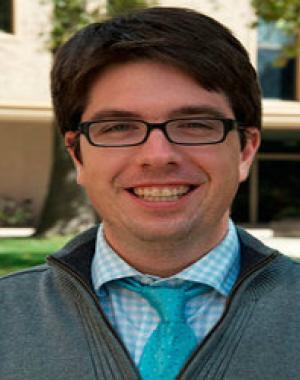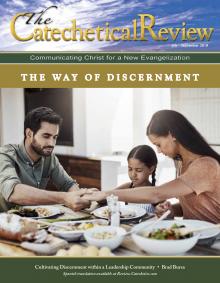The language of discernment has its pitfalls. Often, such language is employed by Catholics to cover over a significant fear of commitment. For example, a young man may be “discerning” a vocation to the priesthood. Such discernment could be a good insofar as he is engaging regularly with a spiritual director, attending daily Mass, and praying the Divine Office. It could also be the case that the young man’s “discernment” is really a matter of relying solely upon his affections to assess the validity of the priestly call. He assumes he is “called” to the priesthood only when he feels excited about the idea of being a priest.
Such language of discernment becomes even more problematic when applied to marriage. In the context of a Catholic university, one often hears young men and women say that they are discerning marriage. Notice that the language of discernment in this case is related to the consideration of a formal state of life, rather than a particular existing relationship. One is “discerning” marriage in general not nuptial union to a living and breathing human being—a person with affections, desires, and an imagination separate from one’s own. The center of the act of discernment is the self, not the other.
Don’t get me wrong. Of course, it is possible to have a general sense of calling toward a specific way of life. One may be attracted to the priesthood insofar as one recognizes the legitimate value of a life given over in sacrificial love through teaching, preaching, and sacramental ministry. One may perceive the gift of marriage by recognizing a longing that the human heart has for union with the beloved and (God-willing) children. These basic affections that draw toward a form of life are intrinsic to the process of discernment. They cannot be discounted unless we deny our humanity!
But those who remain entrenched in the first stage of discernment, not moving toward concrete forms of love, can leave a wake of havoc in the lives of other human beings. For example, young people can be in the midst of discerning marriage, perhaps even dating someone at the time. Then, for whatever reason (perhaps a powerful encounter with God in adoration or in liturgical prayer), they decide that they need to discern consecrated life. They leave the person that they are dating behind to pursue their new path of discernment. They remain on this new path until there is a reason to call into question whether they are called to religious life. Because many young people base the process of discernment in the affections, in the discernment of a general state of life, they become incapacitated for a concrete commitment. They become professional discerners.
This vacillation caused by exclusive reliance upon the affections, as well as a focus on a “general” state of life in discerning marriage is sympatico with life in a liquid age.
The rest of this online article is available for current Guild members.
This article is from The Catechetical Review (Online Edition ISSN 2379-6324) and may be copied for catechetical purposes only. It may not be reprinted in another published work without the permission of The Catechetical Review by contacting [email protected]


















